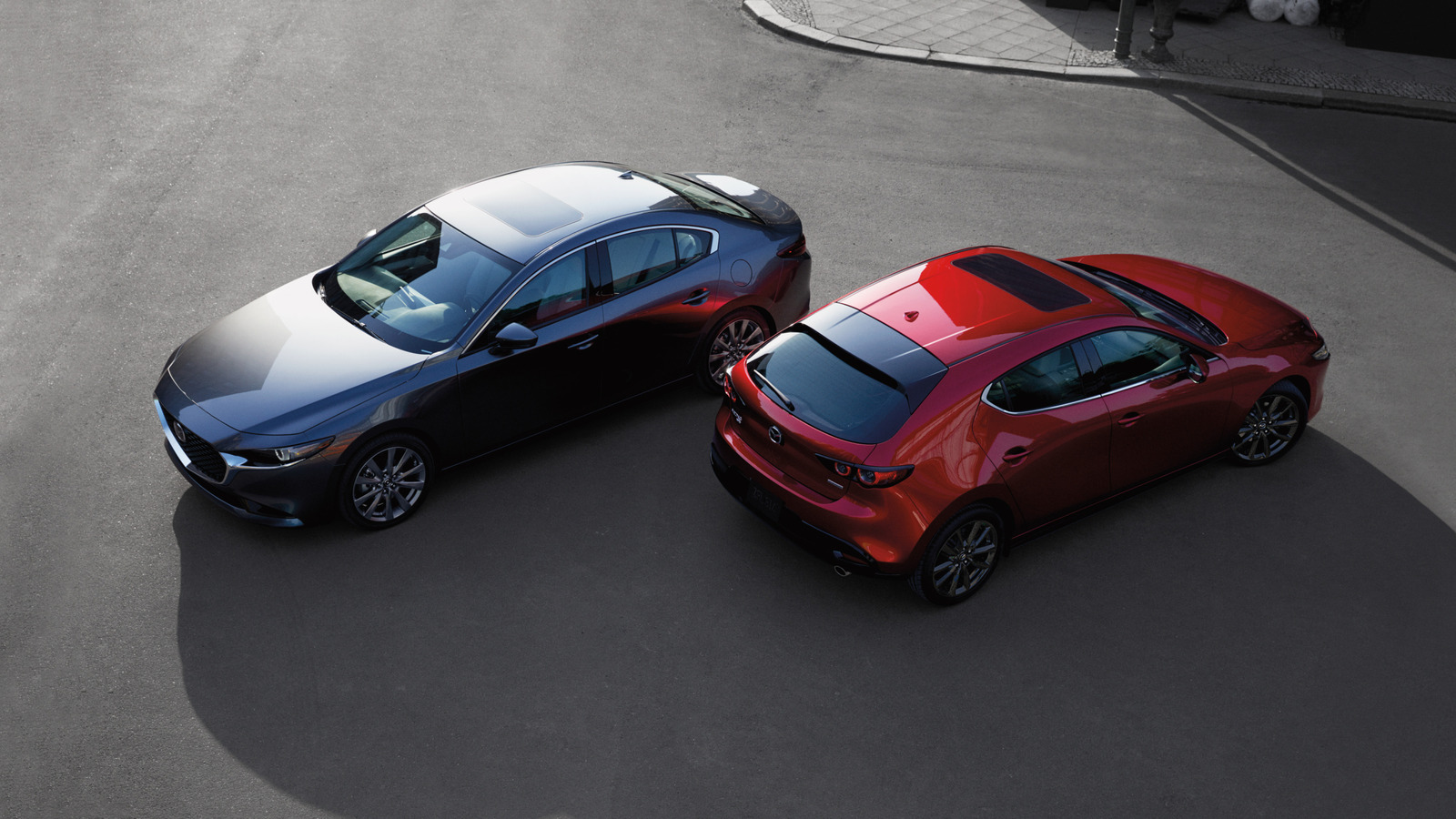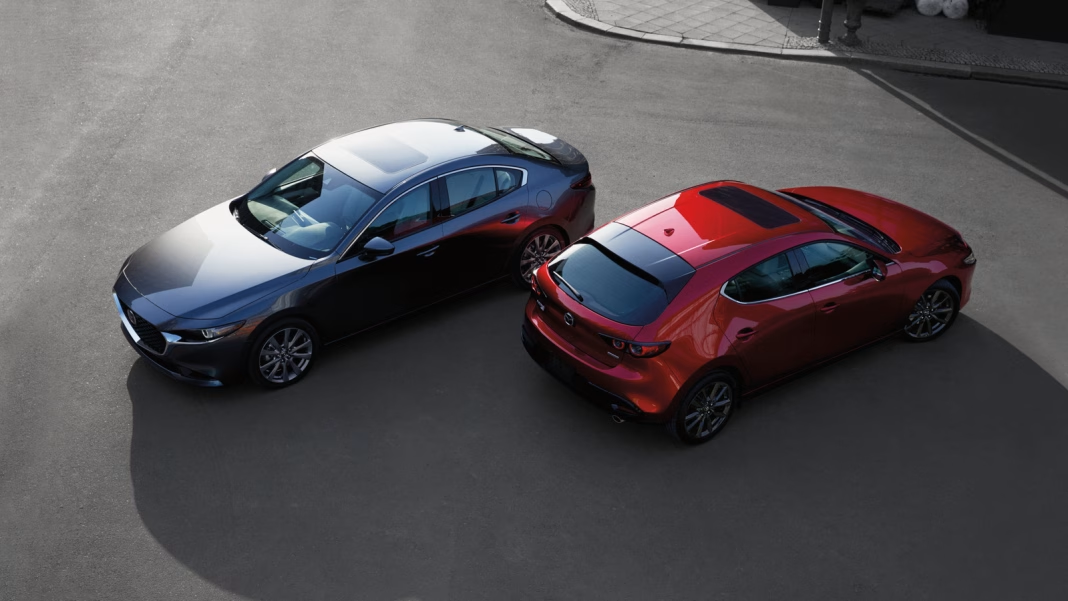Which Mazda Models Are Actually Built in Japan?
Mazda’s reputation for quality and craftsmanship is closely tied to its Japanese roots. But if you’ve ever wondered whether your Mazda was assembled in Hiroshima or halfway around the world, you’re not alone. Let’s clear up which models still roll off Japanese assembly lines and which ones are built elsewhere.
Are All Mazdas Still Made in Japan?
Not anymore. While Mazda’s legacy is undeniably Japanese, the company has expanded its manufacturing footprint to meet global demand. As of 2024, Mazda operates major plants in Japan, but also in countries like Mexico, Thailand, and China. The Hiroshima and Hofu plants in Japan remain the heart of Mazda’s operations, producing core models and high-performance variants.
Which Models Are Built in Japan Today?
If you’re looking for that made-in-Japan badge, here’s where to focus:
– Mazda3 (sedan and hatchback): Most global versions, especially those sold in Japan and Europe, are built in Japan. However, some North American models come from Mexico.
– Mazda6: Primarily assembled in Japan, though production for certain markets has shifted or been discontinued.
– MX-5 Miata: The beloved roadster is exclusively manufactured in Hiroshima, Japan—no matter where you buy it.
– CX-5: Japanese plants supply many markets, but North American CX-5s often come from Mazda’s Mexican facility.
– CX-8 and CX-9: Both are produced in Japan, though the CX-9 is mainly for export markets like North America and Australia.
Which Mazdas Are Built Outside Japan?
To stay competitive and reduce shipping costs, Mazda has invested in overseas production. Here’s how that breaks down:
– Mazda2: While Japan still produces some, a significant number are assembled in Thailand and Mexico.
– Mazda3: As mentioned, the Salamanca plant in Mexico builds many Mazda3s for the Americas.
– CX-30: This compact crossover is built in both Japan and Mexico, depending on the destination market.
– CX-50: Exclusively manufactured in the United States at the new Alabama plant, targeting North American buyers.
– BT-50 pickup: Produced in Thailand, largely for Asian and Australian markets.
Why Does Mazda Build Cars Outside Japan?
It’s not just about saving money. Local production lets Mazda respond faster to market trends, avoid hefty import tariffs, and tailor vehicles to regional preferences. For example, the CX-50’s Alabama assembly means it can be tweaked for American tastes and regulations, while the Thai-built BT-50 meets the needs of Southeast Asian drivers.
Does Where My Mazda Is Built Affect Quality?
This is a common concern, and it’s fair to ask. Mazda enforces strict quality standards across all its plants, regardless of location. According to a 2023 J.D. Power Initial Quality Study, Mazda consistently ranks above average for reliability and customer satisfaction, no matter where the car is assembled. That said, some enthusiasts swear by the fit and finish of Japanese-built models, pointing to subtle differences in paint quality or interior trim. For most drivers, though, these differences are negligible.
How Can I Tell Where My Mazda Was Made?
It’s easier than you think. Check the Vehicle Identification Number (VIN) on your car’s dashboard or registration documents. The first character reveals the country of origin: J for Japan, 3 for Mexico, S for the UK, and so on. If you’re buying used or just curious, this little detail can tell you a lot about your car’s journey.
Do Japanese-Built Mazdas Hold Their Value Better?
There’s some anecdotal evidence that Japanese-made Mazdas retain value slightly better, especially among collectors or buyers who prioritize origin. However, factors like maintenance history, mileage, and overall condition play a much bigger role in resale value. If you’re eyeing a Miata or a classic Mazda, provenance might matter more. For everyday models, it’s less of a make-or-break issue.
What’s the Future of Mazda Manufacturing?
Mazda’s global strategy is evolving. With electric vehicles and hybrids on the rise, the company is investing in new plants and partnerships worldwide. Expect more models to be built closer to their main markets, but don’t worry—Mazda’s commitment to quality isn’t going anywhere. The Hiroshima plant will likely remain the spiritual home for flagship models and special editions.
The big takeaway? Mazda’s DNA runs deep, but where your car is built is just one piece of the puzzle. Whether it’s assembled in Japan, Mexico, or the US, what matters most is how it fits your life. Start by checking your VIN this week—you might be surprised by your Mazda’s story.


